
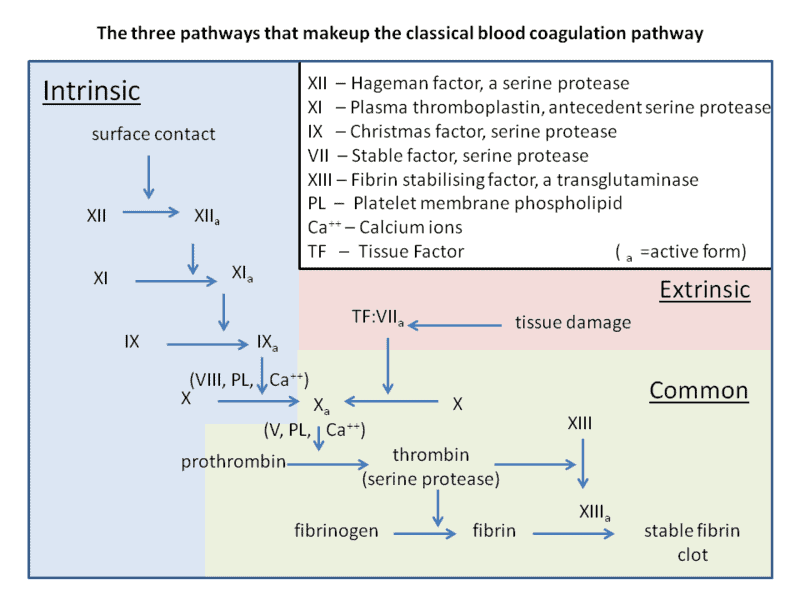
Here, we will walk through warfarin skin necrosis, and in the process, deepen our understanding of the coagulation cascade, one of the most dreaded topics for medical students on the USMLE Step 1. Then, at the end, I will give you ready-made Anki cards that you can put directly into your Anki deck.
As a teaser, I will start with the questions you will be able to answer by the end of this. By understanding these “pathogenesis to presentation” questions, where you can create a narrative between the pathophysiology to the way that they present, you will in fact be able to recall the related information involved without having to memorize it! Here are the questions:
- Explain what paradoxical effect can happen if you give warfarin alone. What can do you do to prevent this, and why does it work?
- Explain the basis for warfarin skin necrosis using the coagulation cascade. What population is this typically seen in?
- Factor V Leiden – using your understanding of the coagulation cascade, explain the basis for this disease
- Factor V Leiden – classic presentation?
Here, we will see how answering these questions will help you solidify topics you need to know (warfarin skin necrosis, paradoxical effects of giving warfarin) while helping your recall important details for the USMLE Step 1.
Fundamental Facts:
What is coagulation?
What are the two components of clotting?
What is the purpose of the coagulation cascade?
What are the components of the coagulation cascade?
Why is it called the coagulation CASCADE?
What factor(s) make up the intrinsic pathway?
What factor(s) make up the extrinsic pathway?
What comprises the common pathway?
What are the functions of Protein C and Protein S?
What determines whether there is a clot formed or not?
What is the mechanism of warfarin?
Of the factors carboxylated by vitamin K, which have the shortest half-life?
What is the half-life of Albumin? Where is it produced?
Wait!
It is strongly recommended that you attempt to answer the final questions by yourself first, before looking at the answers. Remember, the USMLE Step 1 exam will test your ability to make connections on the spot, the more practice you have, the higher your score! Then, when you think you might know the answer (or are completely stumped), look at the answers below!
Look for the original questions below!
NOTE: I have added “reverse” questions to make adding it to Anki easier. Thus, you will see words in the question that weren’t in the original questions – they are intended to be the answers to the “reverse” questions.
Ready for the answers?
Explain what paradoxical effect can happen if you give warfarin alone. What can do you do to prevent this, and why does it work?
Explain the basis for warfarin skin necrosis using the coagulation cascade. What population is this typically seen in?
Warfarin → procoagulants > anticoagulants → thrombosis → circulation ↓ → cell death/necrosis
Condition?
Factor V Leiden - using your understanding of the coagulation cascade, explain the basis for this disease
Factor V Leiden - classic presentation?
Condition?
What would be the effects on albumin + PT of acute liver failure? Why?
What would be the effect on albumin + PT of chronic liver failure? Why?
What should you do next?
- Turn the narrative, “Pathogenesis to Presentation” questions into Anki cards by copy/pasting the question/answer into the “Front” and “Back” fields in Anki. Do the same for the fundamental facts that you were unfamiliar with, to maximize your chances of USMLE Step 1 success! Remember: the USMLE is a test of understanding, so the better you can understand these questions, the better your score!
- Add reverse cards when appropriate to your Anki cards
- Re-word the questions/explanations as desired, and BOLD the important text to make it easier to review in the future
- Learn something new? Something unclear? Comment below!
- If you liked this post, please consider sharing it on Facebook/Twitter! I judge the utility of these posts by the number of comments / shares they receive, so if you’d like more, or would like a particular topic addressed, please let us know!
Photo by Dr. Graham Beards


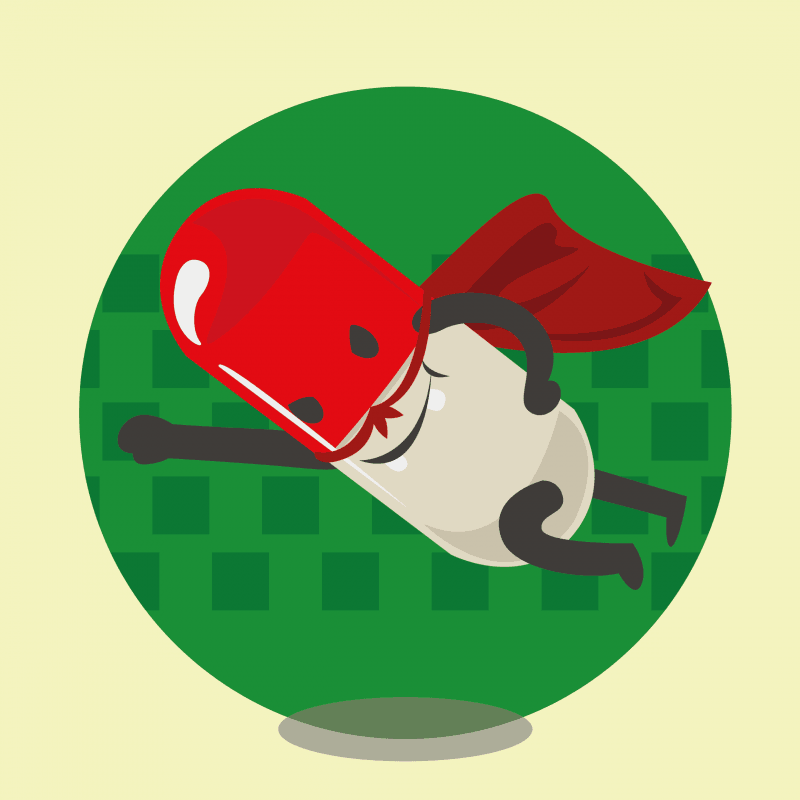

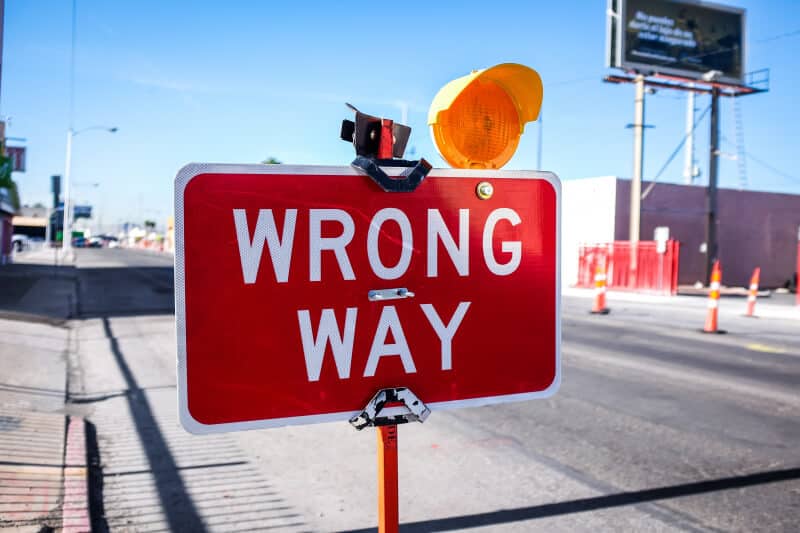
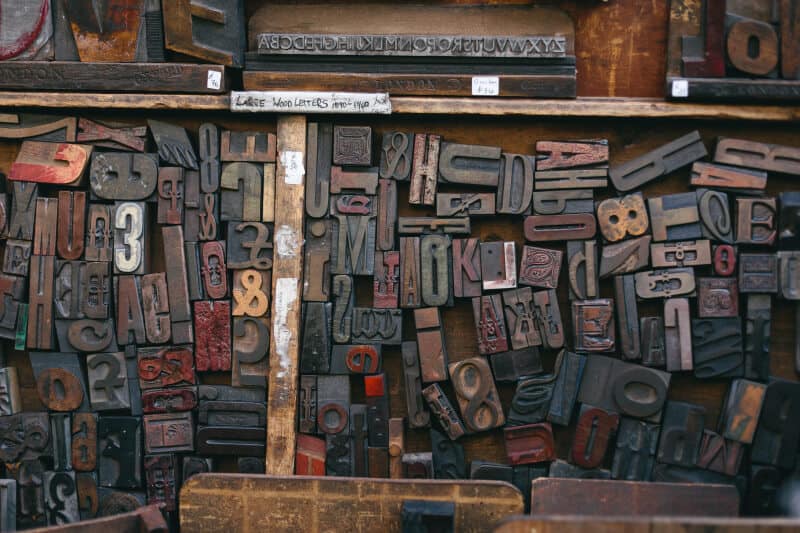

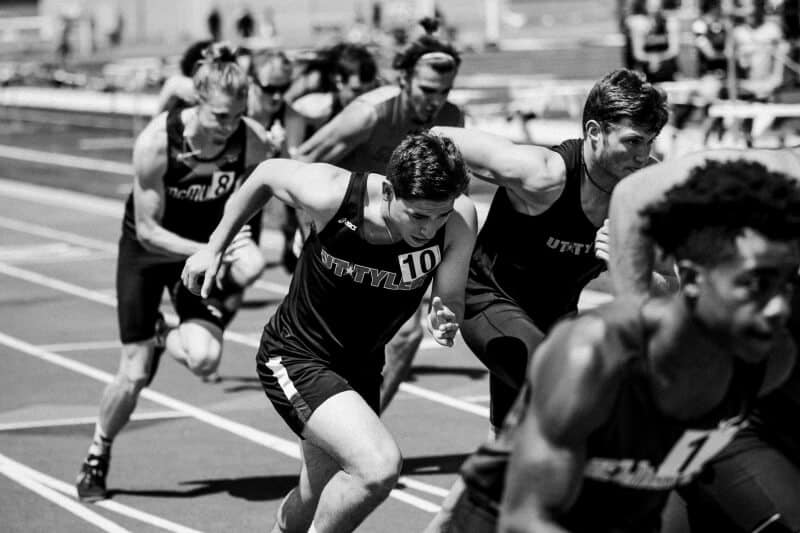
Hey Alec
A flash card of yours says the mechanism of urokinase is to activate plasmin from plasminogen while that of streptokinase is to activate plasminogen to plasmin,
I get it one is derived from human urine, other from a bacteria but is the mechanism also different?
Just want to confirm. Thanks!
The mechanisms are the same. If you’re not sure, these kinds of questions you can easily verify using Google, to be honest.
How many qbanks / questions in total did you do and can you include all resources you used including in med schoo?
Hi Lee, thank you for the questions. I've included in the "Resources" tab all of my favorite resources I used in medical school, the ones I would be comfortable recommending to a close friend. As far as QBanks, I did Kaplan, then UW, both 1x, didn't re-do any questions (wrong questions, marked, etc.) I think I had finished about 25% of Kaplan during my preclinical years, before I had begun preparing for Step 1.
Suddenly this isn't such a grand mystery beyond the realm of human understanding.
Awesome! Hope you find the other articles similarly helpful!!